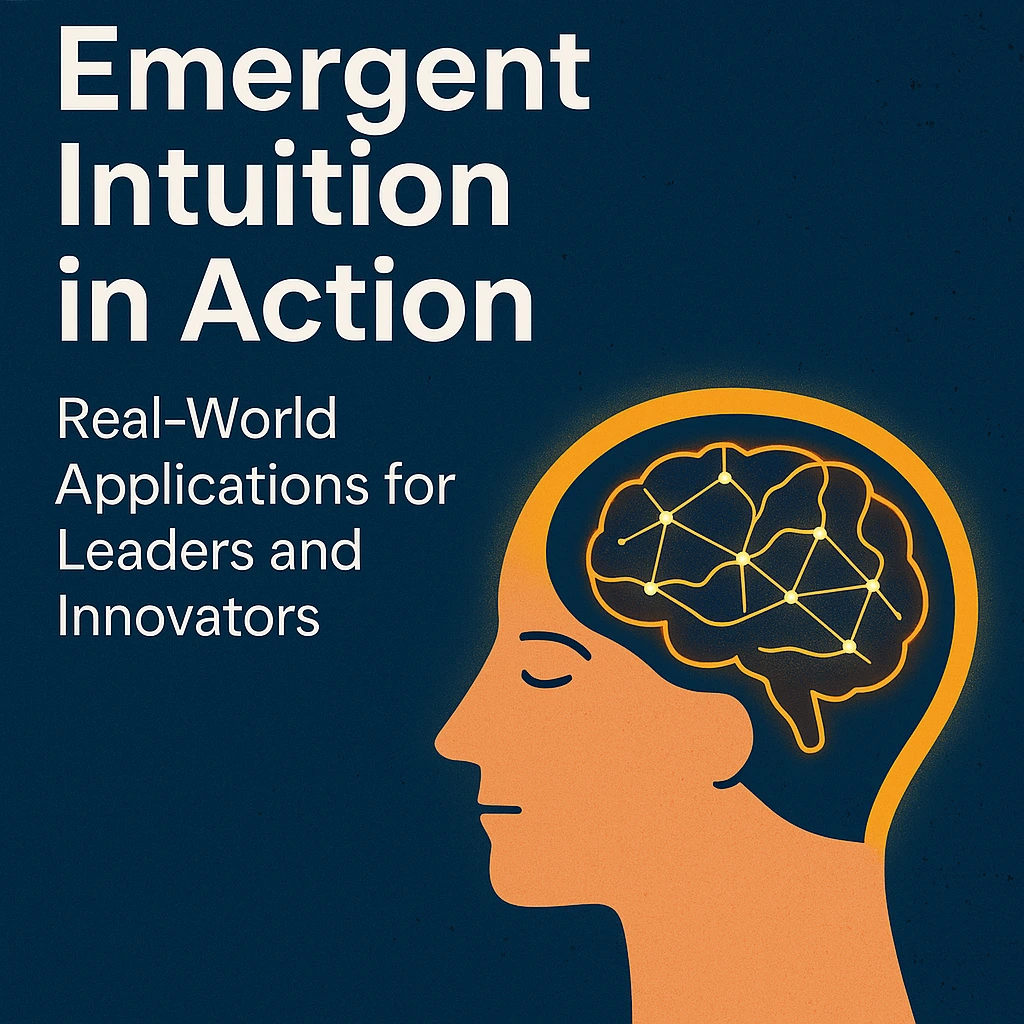Category: Practical Exercises and Techniques
This category offers a curated collection of articles, guides, and insights focusing on practical strategies to develop and refine intuitive skills. Explore topics ranging from leadership decision-making to emotional resilience, all designed to empower professionals and leaders with actionable techniques for intuitive growth.









